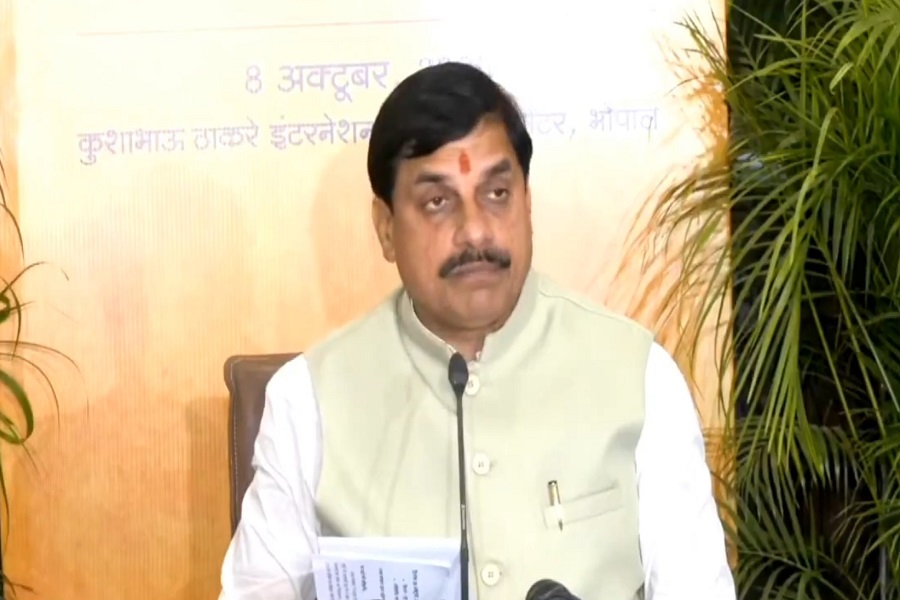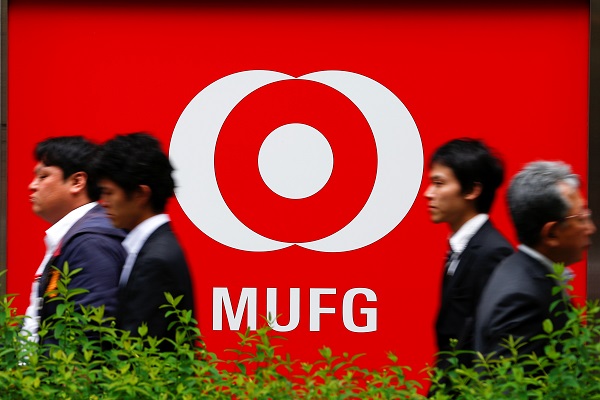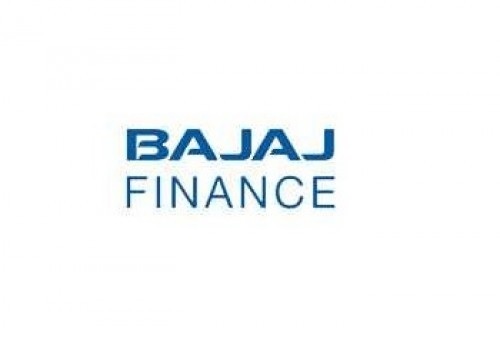NBFC Sector Update : Private Banks showing resilience in fresh loan yields by Motilal Oswal Financial Services Ltd

Private Banks showing resilience in fresh loan yields
PSBs witness a sharper decline in outstanding and fresh loans
* The Weighted Average Lending Rate (WALR) on fresh loanssurprisingly increased for PVBs by 7bp MoM in May’25, as banks have adjusted their spreads in loans, while for PSBs, it decreased 8bp MoM. As a result, sectoral-level fresh rupee loan yield declined 6bp MoM (vs a decline of 5bp/9bp in Mar’25/Apr’25).
* WALR on O/S loans for the system declined marginally by 1bp MoM (3M decline at 11bp), as PVBs’ WALR surprisingly increased 2bp MoM (3M decline of 10bp) and PSBs’ WALR decreased 2bp MoM (3M decline of 10bp).
* The Weighted Average Term Deposit Rate (WATDR) for the system declined marginally by 4bp MoM to 7.07%. During Feb-May’25, the WATDR declined 3bp to 7.07%, as banks have reduced their peak TD rates to partially offset the impact of declining yields amid cuts.
* The full impact of the 100bp repo rate cut is likely to reflect in NIMs during 1H. In contrast, PSBs, which typically operate on a T+1 repricing model, are expected to experience NIM contraction earlier, in 1Q and 2Q.
* 3QFY26 is likely to emerge as the key inflection point for banks, with margins stabilizing and earnings set to rebound. Easing funding costs, CRR-driven liquidity support, and credit cost normalization will collectively drive this recovery.
* Our top picks are ICICI, HDFCB and SBIN.
Private Banks showing significant resilience: WALR on fresh and O/S loan increases
* WALR on fresh loans for the system declined 6bp MoM (down 5bp/9bp in Mar/Apr’25), with PVBs witnessing an increase of 7bp MoM amid an increase in spreads and PSBs recording a decline of 8bp MoM. During Feb-May’25, the WALR on fresh loans reduced 9bp for PVBs and 30bp for PSBs, suggesting that PVBs have better managed the rate cuts by effectively increasing spreads.
* With a cumulative rate cut of 100bp, the spread of fresh rupee loans over the repo rate has increased to 415bp for PVBs (the highest premium since Aug’22). For PSBs, it has increased to 238bp. Data suggests that PSBs have opted for lower rates, whereas PVBs have strategically increased their spreads to offset the impact of rate cuts.
* WALR on O/S loans declined marginally by 1bp MoM to 9.67% (vs a 3bp/7bp MoM decline in Mar/Apr’25). Notably, data for May’25 surprised positively, with PVBs reporting a marginal 2bp increase, while PSBs marked a 2bp decline. Over the past three months, WALR on O/S loans has declined 10bp for both PSBs and PVBs.
* The one-year MCLR for most PVBs declined 15-60bp, with ICICI Bank recording the highest reduction of 60bp. In contrast, PSBs saw a marginal increase of 5- 25bp over the past year, with SBI being the highest at 25bp.
WATDR trend reverses as the impact of rate cut begins to flow through
* WATDR declined marginally by 4bp MoM in May’25, with PSBs reporting a 3bp decline and PVBs reporting a 2bp decline. During Feb-May’25, WATDR for PSBs declined 4bp, while for PVBs, it increased 4bp.
* Although the data does not directly reflect changes in SA rates, most banks have implemented SA rate cuts in two phases—following the second 25bp repo rate cut and the subsequent 50bp reduction. These SA rate cuts have ranged from 25bp to 50bp across banks, with some banks reducing rates by up to 100bp in select deposit buckets (refer to Exhibit 12).
* With TD rate cuts implemented in Jun’25—ranging from 20bp to 100bp for most banks (refer to Exhibit 14)—the impact on funding costs is expected to flow through with a lag. As a result, we expect WATDR to decline more meaningfully in the second half of the fiscal year.
Lending yields to suppress; NIMs to bottom out in 2Q/3Q
* With a cumulative 100bp repo rate cut already implemented, banks’ portfolio yields, both on fresh loans and outstanding loans (WALR), have come under pressure. As the full impact of these deep rate cuts continues to transmit through the system, most banks are likely to see the effect play out in 2Q and 3Q, weighing on their margins in the near term.
* While WALR on both fresh and outstanding loans has declined over the past three months, the dip in WATDR has been relatively limited. Reductions in SA and TD rates are expected to become more visible starting from 2Q and further into the second half of the year.
* We maintain our view that NIMs are likely to decline in 1Q and 2Q, potentially bottoming out by 2Q—or 3Q for select banks—before seeing some recovery thereafter as the lagged benefits of deposit rate cuts begin to materialize.
3QFY26 to act as inflection point – margins to stabilize; earnings to rebound
A gradual but tangible improvement is expected from 2HFY26 onwards, which could serve as the inflection point for the sector. The anticipated rebound is underpinned by three key factors: 1) Deposit cost repricing: As banks continue to reset TD rates (with cuts of 20– 100bp already underway) and cut savings deposit rates, funding cost pressures are expected to ease. This is expected to provide some relief to NIMs from 3QFY26 onwards. 2) CRR cut impact: The phased reduction in CRR by 100bp, starting Sept’25, will inject durable liquidity (estimated at INR2.5t), enhancing systemic liquidity and aiding margin stabilization. 3) Credit cost normalization: Asset quality pressures, particularly in unsecured retail and MFI segments, are showing early signs of stabilization. This should translate into lower credit costs for banks, particularly for mid-sized and MFIheavy lenders.
Our view: Maintain preference for ICICIBC, HDFCB, and SBI
* We maintain our view that NIMs will remain under pressure through 1H and into 3QFY26, driven by the impact of rate cuts. This may be partly offset by a gradual reduction in SA and TD rates, which typically transmit with a lag.
* Banks are increasingly focusing on building granular and stable deposit franchises to cushion margin pressures and support balance sheet resilience. Strong liability profiles are becoming a key differentiator in the current environment.
* Despite near-term headwinds, we expect gradual improvement in NIMs, stable asset quality, and normalization of credit costs to support an earnings recovery from 2HFY26.
* In light of these sectoral headwinds, we continue to prefer ICICI Bank, HDFC Bank, and SBI. These banks stand out due to their strong balance sheets, healthy PCR, and relatively better growth prospects—factors that should help mitigate downside risks to earnings.
For More Research Reports : Click Here
For More Motilal Oswal Securities Ltd Disclaimer
http://www.motilaloswal.com/MOSLdisclaimer/disclaimer.html
SEBI Registration number is INH000000412










More News

Automobiles Sector Update : Uneventful quarter by Motilal Oswal Financial Services Ltd














